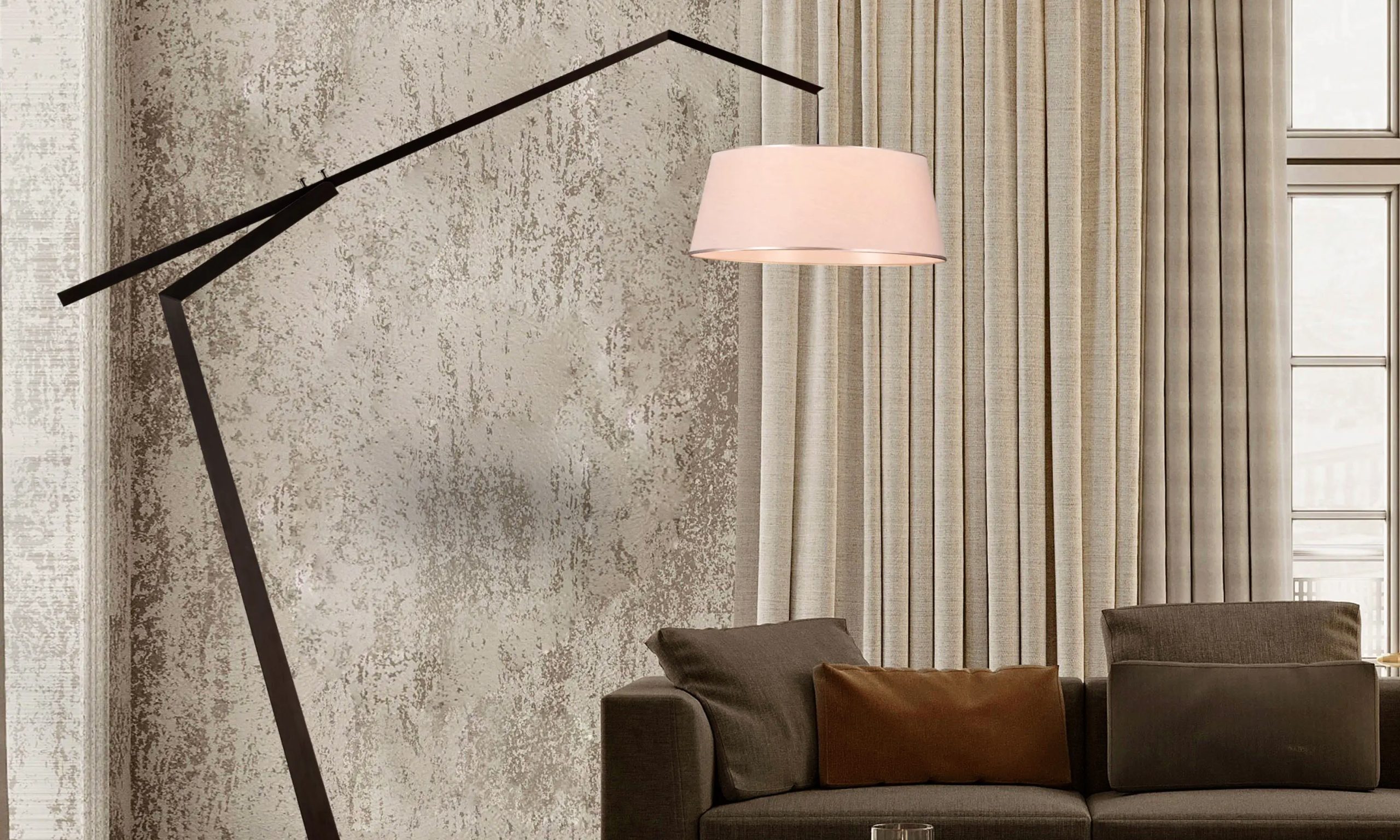
Lighting is a deliberate use of light to achieve practical and aesthetic effects. It can be achieved by various methods including artificial light sources, light fixtures, and even natural illumination. There are several important principles to remember when implementing lighting design in a space. Here are some of them: The purpose of lighting, Types of light, Basic principles of lighting design, How to choose the correct type of bulb for a specific space, and Common mistakes to avoid when implementing lighting.villenas
Basic principles of lighting design
Basic principles of lighting design are important when designing a space. These principles include analyzing the space and the function to be illuminated, analyzing objects and architectural characteristics, and analyzing the function of the space and the light to be used. By following these guidelines, you can choose the appropriate lighting for a space.
A poorly lit office or workspace can detract from the aesthetics of a beautifully designed office or business space. The right lighting can make a workspace feel more pleasant and improve focus, as well as impact the opinions of staff and guests. Learning the basics of lighting design can be beneficial for your facility.
First, you need to understand the properties of various lighting sources. Every type of bulb or lighting component has different properties and will affect a space differently. Lighting designers use these properties to make decisions about what type of lighting to use.
Common types of lighting
Understanding the different types of lighting is essential to your photography. The correct lighting will help you achieve the right mood and enhance your subject’s features. Some types of lighting are better suited for certain situations, while others are more appropriate for others. There are many types of lighting to choose from, and you should consider the location and usage of each when deciding on which fixture to use.
Lighting has a great impact on the ambiance and functionality of every room. Poor lighting can destroy the ambiance and make it difficult to perform certain tasks. Fortunately, you can select from a variety of types of lighting, which can be broken down into three basic styles: ambient, task, and artificial.
Low-key lighting is similar to high-key lighting, but involves less fill light. The focus of low-key lighting is the shadows, creating a darker look to an image. This type of lighting is often used in thrillers and horror films.
How to choose the right type of bulb for lighting
When selecting light bulbs, it is important to choose the correct type for the fixture they are intended for. The voltage a bulb requires should be the same as the one in the fixture. Too high or too low a voltage can shorten the bulb’s life. You can use low-voltage incandescent light bulbs, but they will produce lower light levels.
Lighting stores sell many different types of bulbs. This wide variety can make choosing the right one a challenge. Consider factors like energy use, ecological considerations, aesthetics, and price before making a decision. It is also important to consider your ambient lighting needs. It’s important to look at the light bulb’s packaging for specific information.
The most common type of bulb is incandescent, which uses a filament to emit light. While these bulbs are cheap and can last for decades, they are also the most susceptible to breakage and burning out.
How to avoid flat lighting
Flat natural light can make a photo shoot look dull. This is especially true of outdoor portraits or summer-style lookbooks. Try to shoot on a sunny day if possible. Also, know the best times to shoot. It’s important to understand what to wear when shooting in flat natural light.
Flat lighting affects the quality of your photos and reduces the depth of the subject. This kind of lighting is not the best for shooting people or shooting film. It will make the subject appear pale and will remove the dimensionality from the image. Luckily, there are methods to avoid flat lighting. These include using reflectors, flashes, and adjusting the lighting on the subject’s face.
In some situations, flat lighting can be beneficial. For example, it can hide wrinkles and smooth skin. It can also make a photo look like a paparazzi image.

